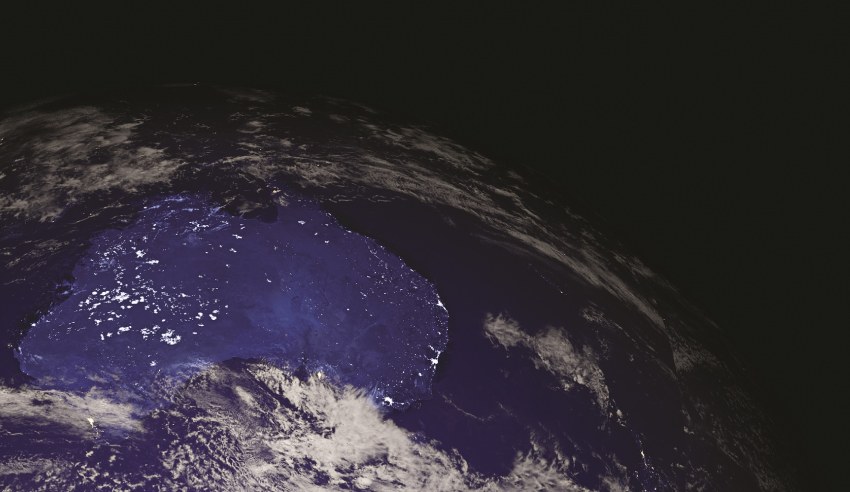As it turned out, some of it did hit Australia, with debris found in a swathe across southern Western Australia, causing no damage or injury whatsoever. However, the Shire of Esperance did fine NASA $400 for littering, a fine paid by a local radio station host.
The re-entry of the 88-tonne Skylab was a major global media event as NASA had no clear idea how much of this large piece of space junk would survive re-entry and where it would actually land.
It correctly forecast that there was minimal chance it would hurt anyone but couldn’t be absolutely certain, with the result that there was near panic in nations such as the Philippines.
There were T-shirts printed with bullseyes and betting on where and when. The San Francisco Examiner newspaper offered a US$10,000 prize for the first piece of Skylab delivered to its offices. That prize was claimed by an Australian who found a number of pieces of debris on his property.
With Skylab’s orbit decaying, NASA anticipated re-entry sometime between 10 and 14 July, with 12 July most likely. As it turned out, it began early on 11 July eastern Australian time.
Using what little control remained, NASA sought to steer it into the ocean south-east of South Africa but miscalculated and Skylab passed over much of Australia, starting at the tip of Cape York.
Nowadays, space operators do this better, with de-orbiting plans that aim to place any large surviving pieces of satellite debris into the so-called satellite cemetery in the southern Pacific midway between Australia and South America.
Skylab was the forerunner to the International Space Station and NASA’s first space station. It emerged from the vision of former Nazi rocket engineer Wernher Von Braun and science fiction writer Arthur C. Clarke as a gateway to space.
It was launched on 14 May 1973 atop a Saturn V rocket and placed in low-Earth orbit. This was the last launch of a Saturn V, the gigantic rocket developed for the moon missions.
Subsequently there were three crewed missions. In all, Skylab was occupied for a total of 171 days between May 1973 and February 1974. The longest period was for 84 days for the final Skylab 4 mission. Another mission remained on standby on the ground in case a rescue was needed.
As a laboratory, Skylab astronauts did a significant amount of research, significant advancing human knowledge. They also conducted extensive observation of the Earth.
After the final mission, NASA considered reusing Skylab but never did. It considered using a mission of the new Space Shuttle to boost it into a higher orbit but that wasn’t ready in time.

